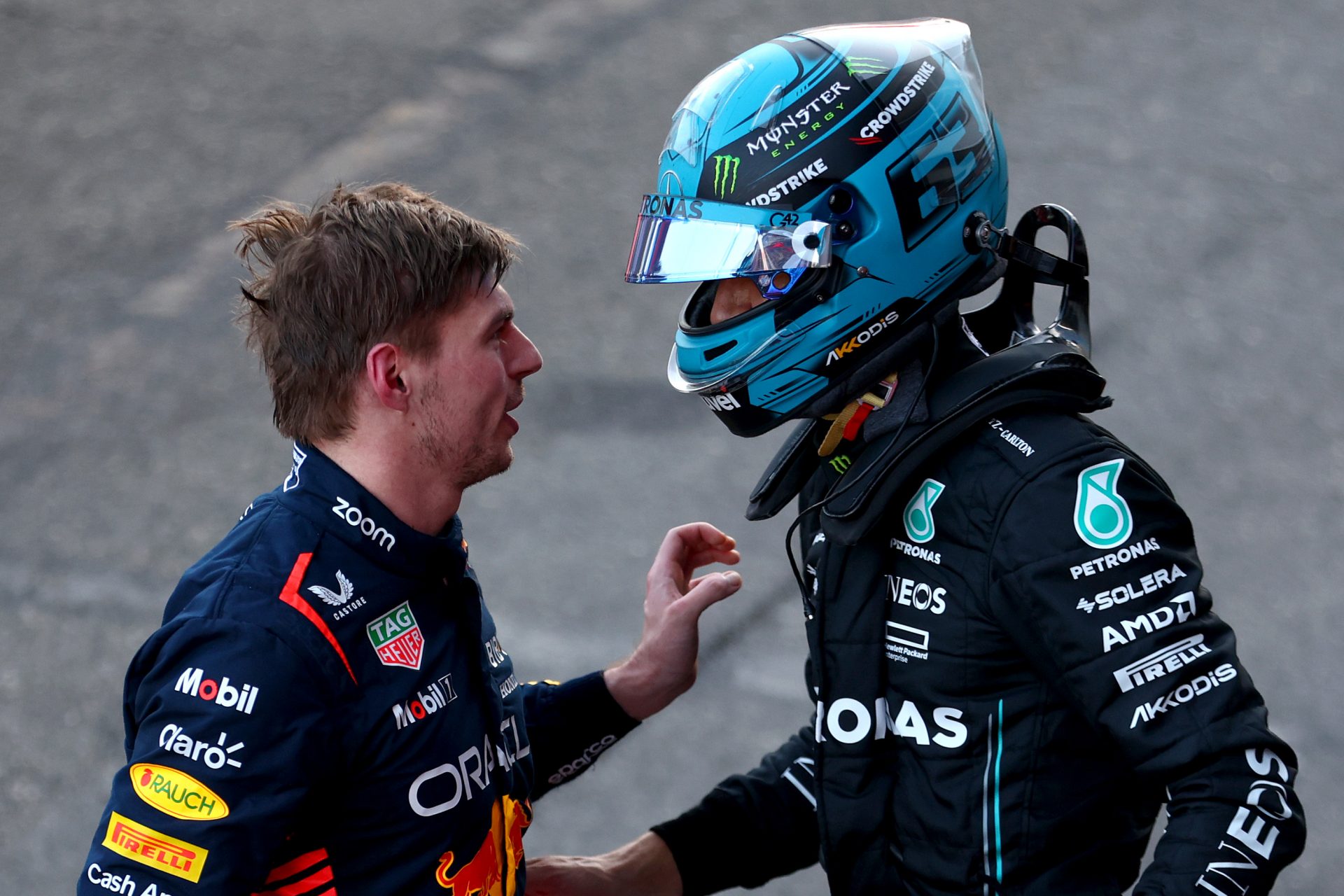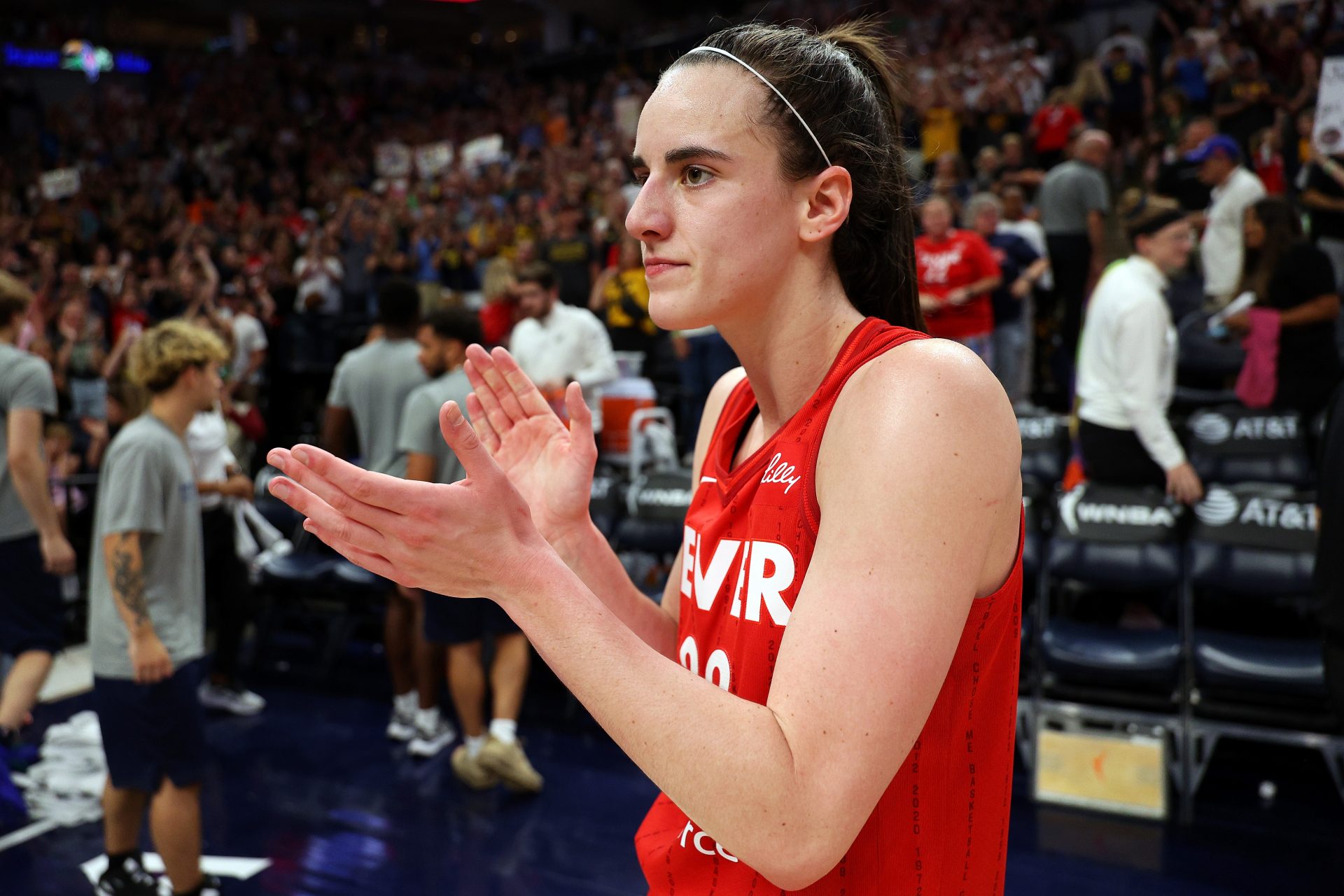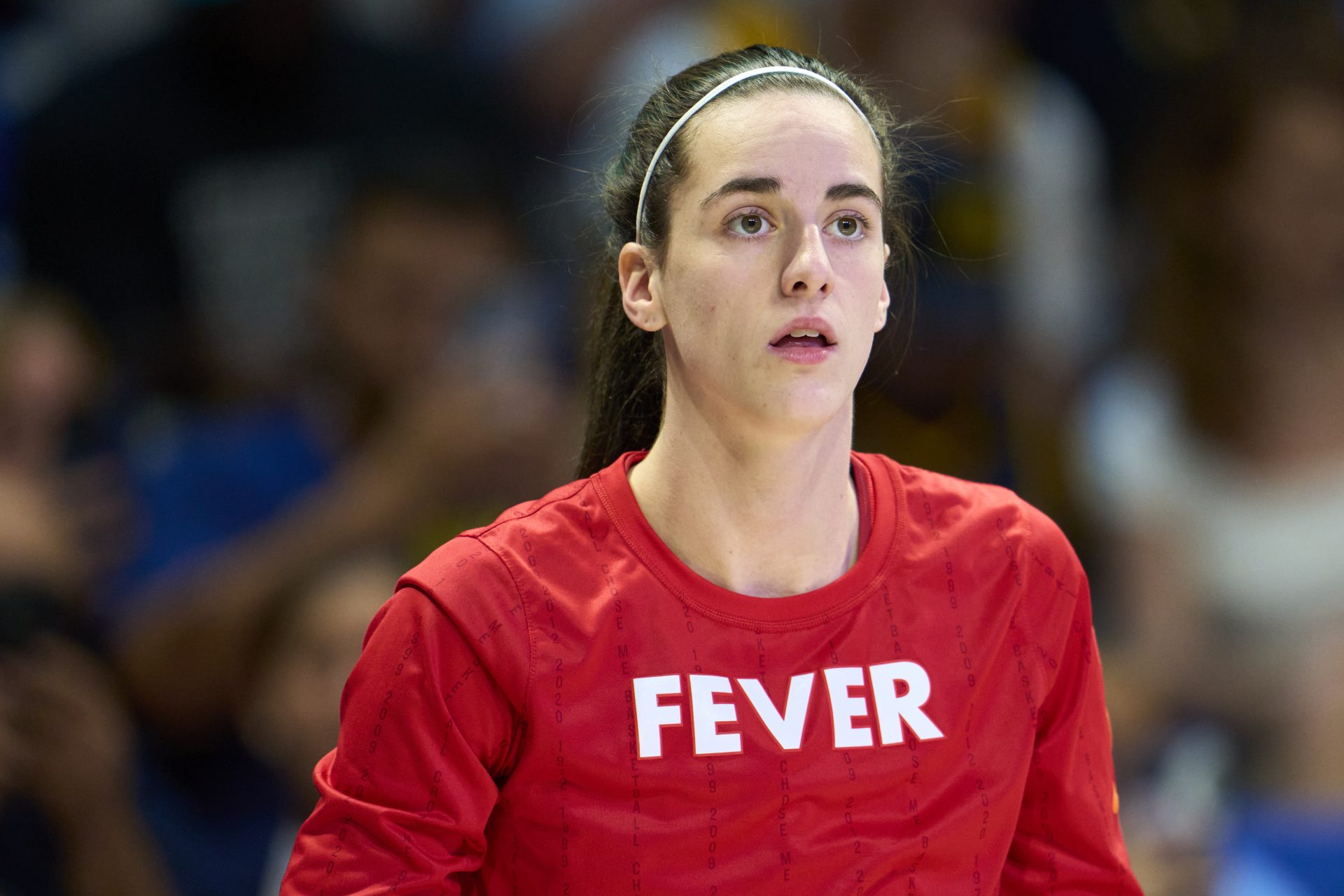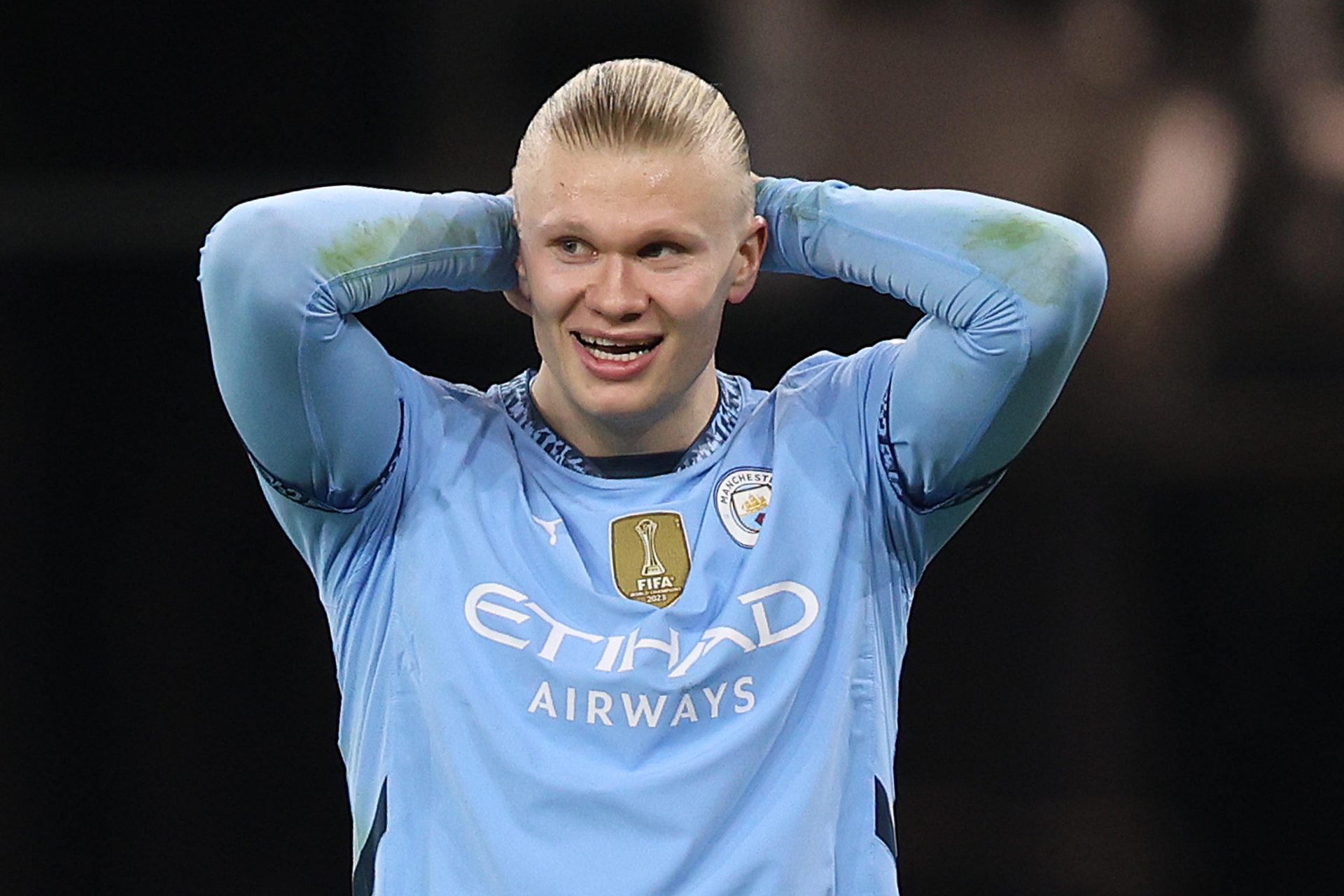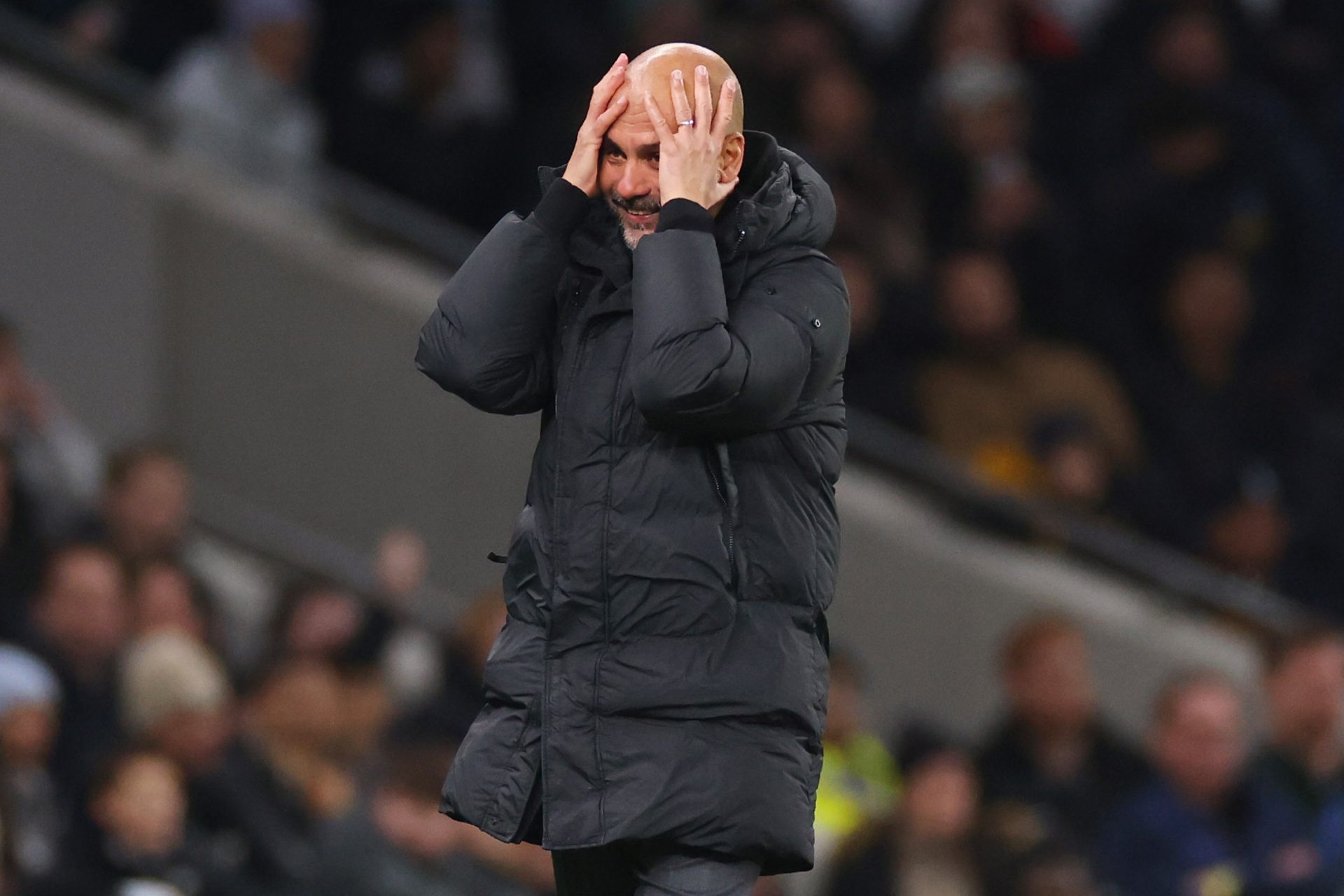Tour de France: A look at the main stages of the 2023 route
Saturday 1 July is the big day: Le Gran Départ, the day the Tour de France gets underway and fans around the world can start enjoying three weeks of professional cycling. These are some of the most important stages of the 2023 edition.
No easy start for the riders, as the peloton departs from the Spanish city of Bilbao in the beautiful Basque Country, a region known for its love of cycling.
Picture: the Spanish city of Bilbao
With 3,300 metres of vertical gain, it might well be the toughest opening stage in Tour de France history.
Picture: screenshot, Twitter, @LeTour
The riders will compete for the first yellow jersey of the 2023 edition. The final climb - the Côte de Pike - is located 10 kilometres from the finish and is likely to decide on the win.
In 2022, it was Belgian Yves Lampaert who won the opening stage, a time trial in the Danish capital Copenhagen. In the interview after the race, he famously said, "I'm just a farmer's son from Belgium". Will we get another unexpected winner in this year's opener?
After the opening weekend in the Basque Country, the peloton heads to France in stage 3. In stages 5 and 6, the peloton will climb in the Pyrenees, with a number of first and 'hors catégorie' climbs on the menu.
In stage 5, we do not expect any major differences between the GC favourites, but that could be different in stage 6 when we get the first mountain finish of the 2023 Tour.
After the Col d'Aspin and the Col du Tourmalet, the riders head for the finish in Cauterets-Cambasque, a first-category climb. Will we see fireworks between Jonas Vingegaard and Tadej Pogacar?
Stage 9 marks the return to the Tour of the legendary Puy de Dôme. After 35 years, the famous volcano in France's Auvergne region will once again be part of the Tour parcours.
Before reaching the finish line on the Puy de Dôme, the peloton will have to cover 184 kilometres and 3.600 metres of vertical gain.
The Puy de Dôme was the setting for some legendary duels in Tour history, with Raymond Poulidor and Jacques Anquetil battling it out in 1964 and Eddy Merckx receiving an infamous punch to his liver in 1975.
Stage 13 marks July 14, Bastille Day or France's national day. To celebrate, the riders will ride through the Jura mountains.
The finish on Bastille Day lies on the Grand Colombier, a hors catégorie climb.
Time trials often decide on winning or losing in the Tour de France. In 2023, however, there is only one test against the clock.
Over a distance of 22 kilometres, the riders ride from Passy to Combloux, through the Côte de Domancy (9.4% average).
A day later, the peloton prepares for what could be the toughest stage on the 2023 route. From Saint-Gervais to Courchevel, they have to tackle 166 km with no less than 5,000 metres of vertical gain. Brutal.
The finish in stage 17 lies on the Col de la Loze, the highest point in the 2023 route at 2,304 metres above sea level.
Stage 20, on the penultimate day, is the last chance for riders with GC ambitions to make a move.
The peloton will conquer several climbs in the Vosges mountain range, including the Ballon d'Alsace (11 km, 5.3% average). Will we see big changes in the GC?
The final stage of the Tour traditionally leads the peloton towards Paris and its iconic Champs-Élysées. While the yellow jersey enjoys a glass of champagne, the sprinters prepare for their climax after three weeks of suffering.
Last year, it was Belgian Jasper Philipsen who sprinted to eternal glory in the French capital. Who will be his successor? Will Jonas Vingegaard take another Tour victory? And will Wout van Aert win the points classification again? These and other questions will be answered during the first three weeks of July. Ready?
More for you
Top Stories


























